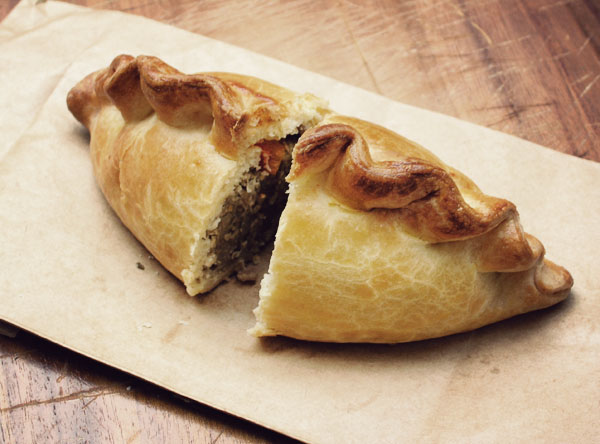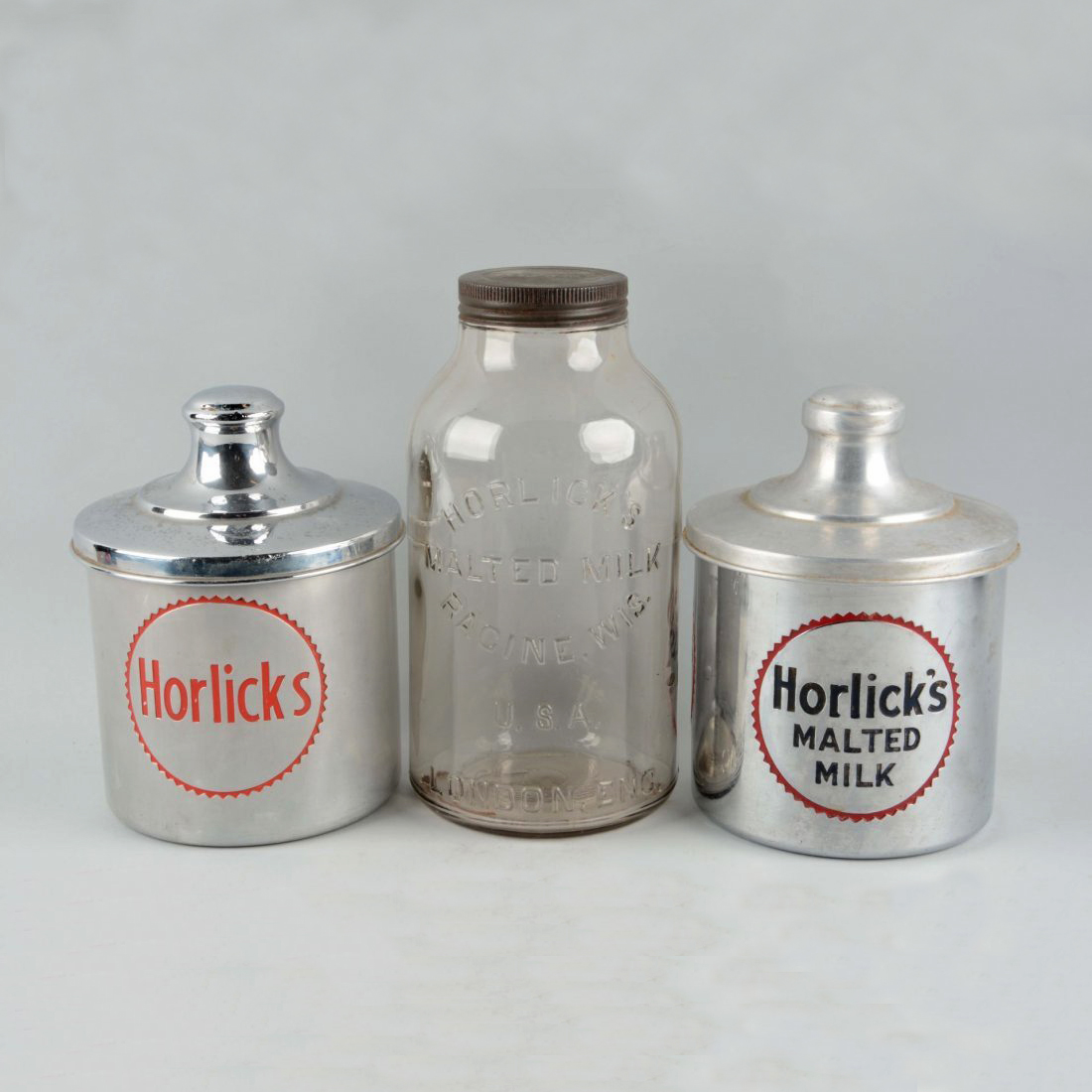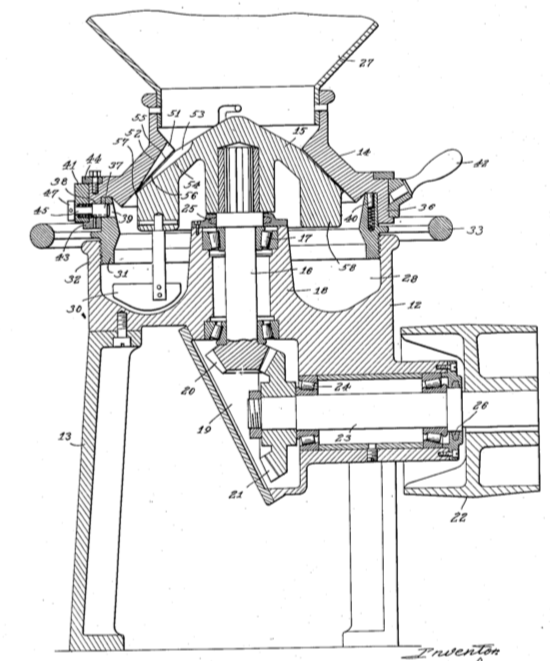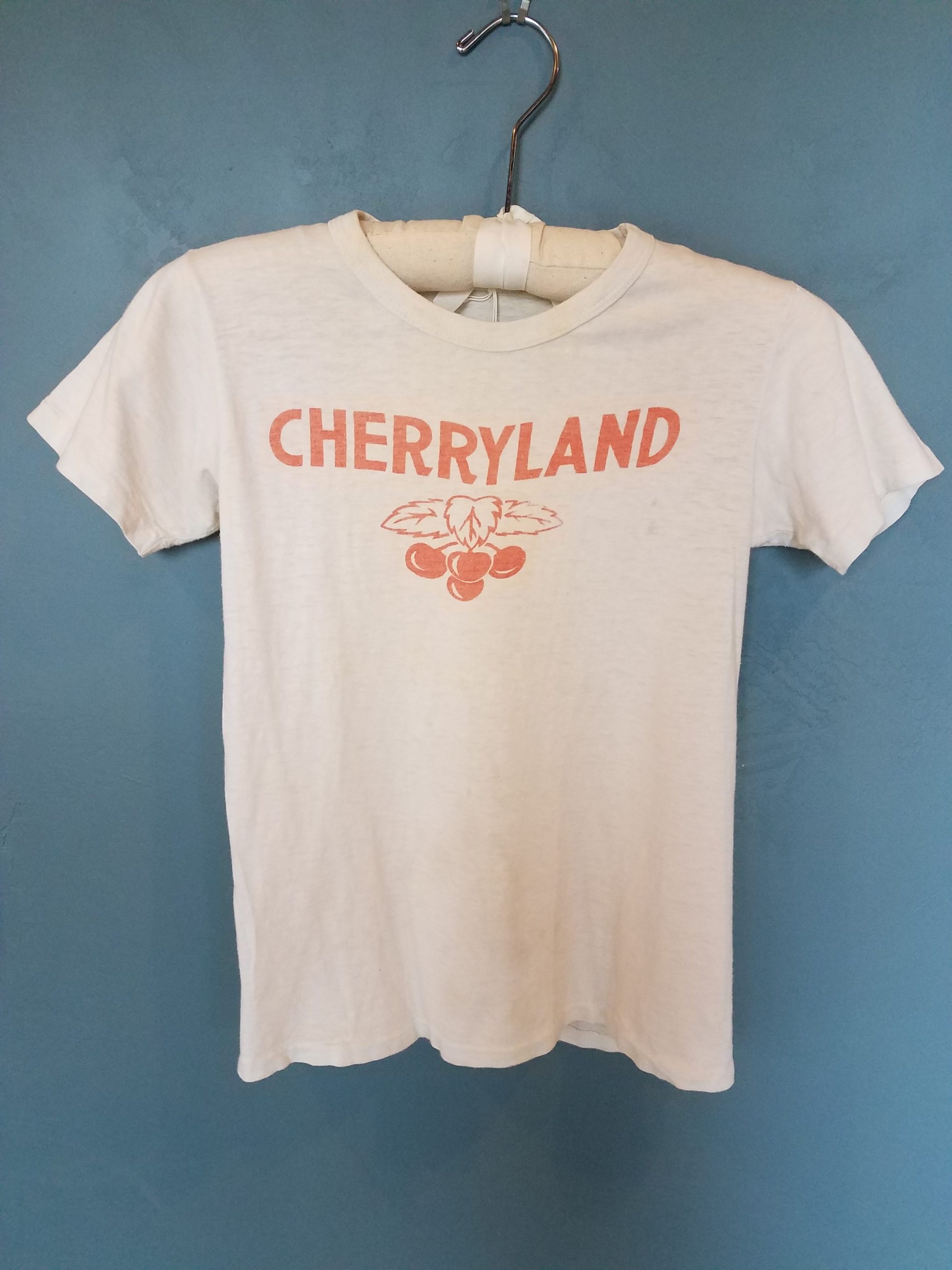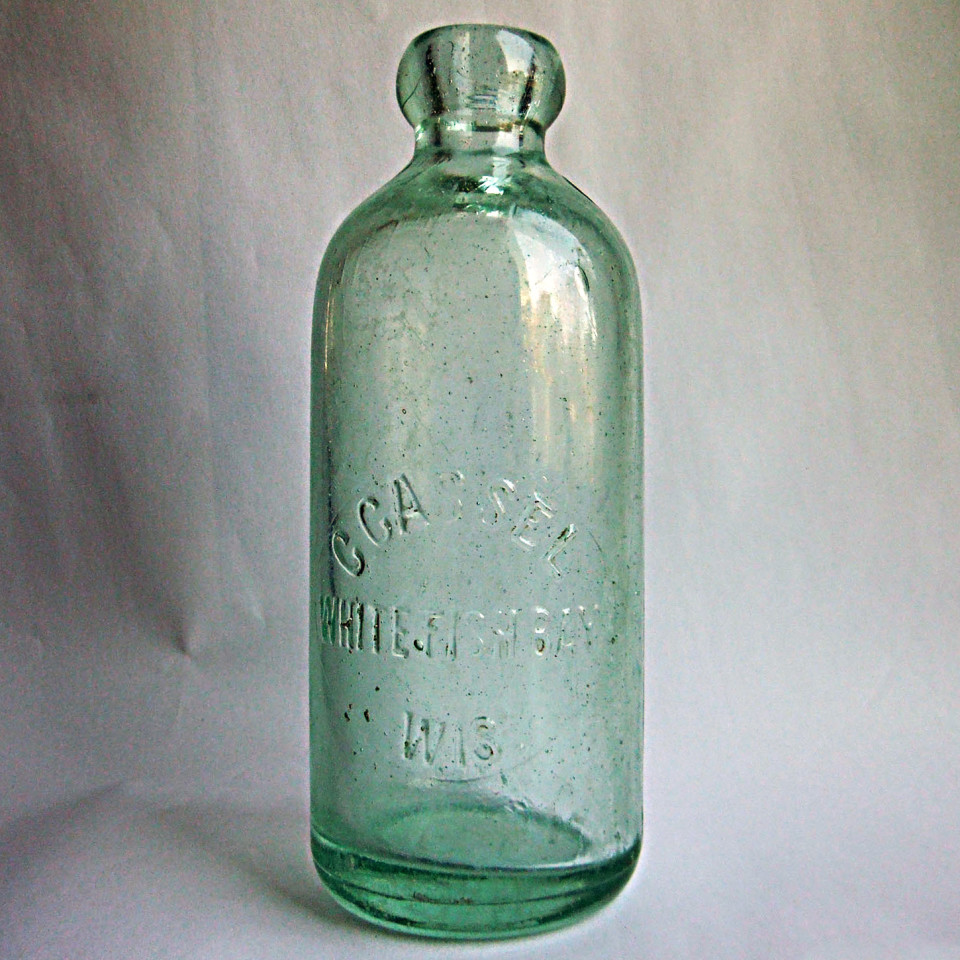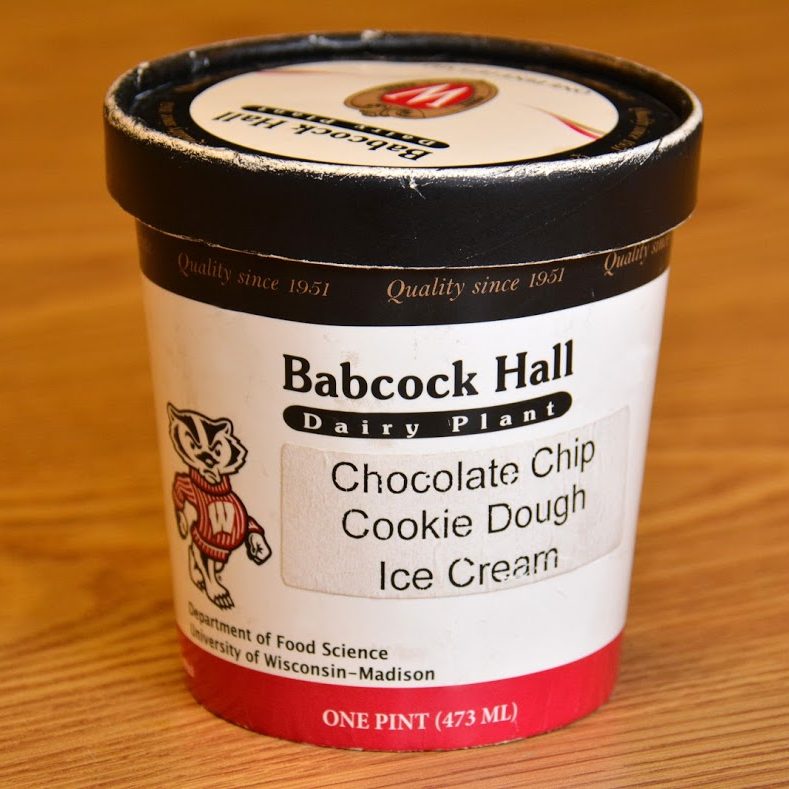OBJECT HISTORY: Pasty
The lead mining industry of the 1830s and 1840s brought miners from Cornwall, England to southwestern Wisconsin. The miners brought Cornish traditions like the pasty, a filling food for hungry miners. The availability of pasties today demonstrates the lasting traditions of early European immigrants in Wisconsin. Pasties are folded pastries filled with meat and vegetables.…
